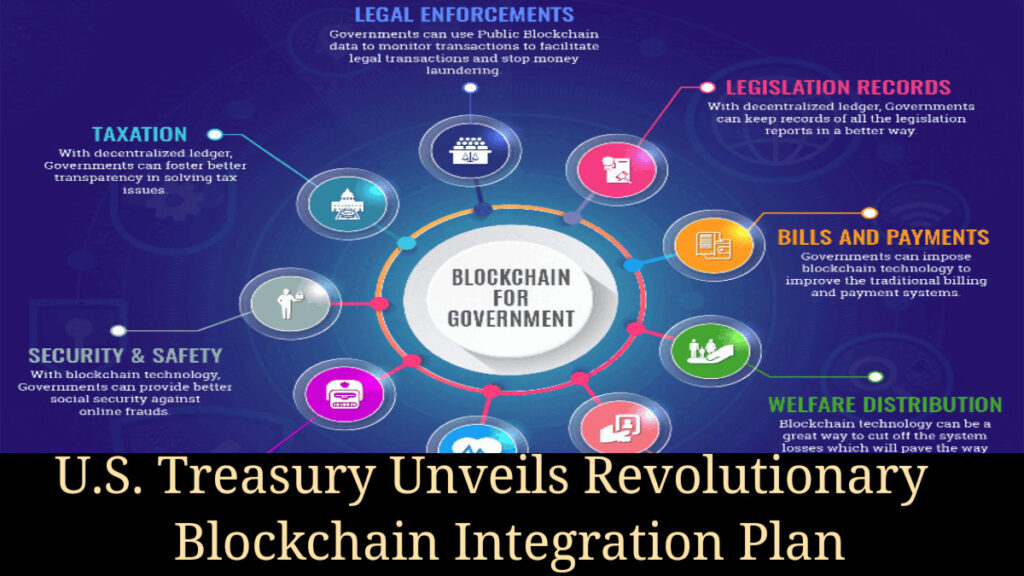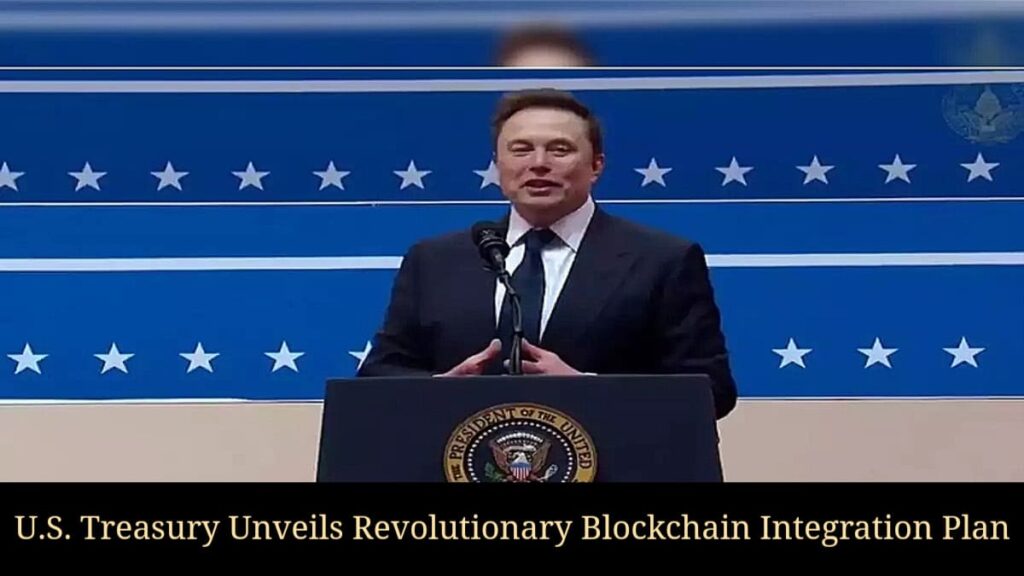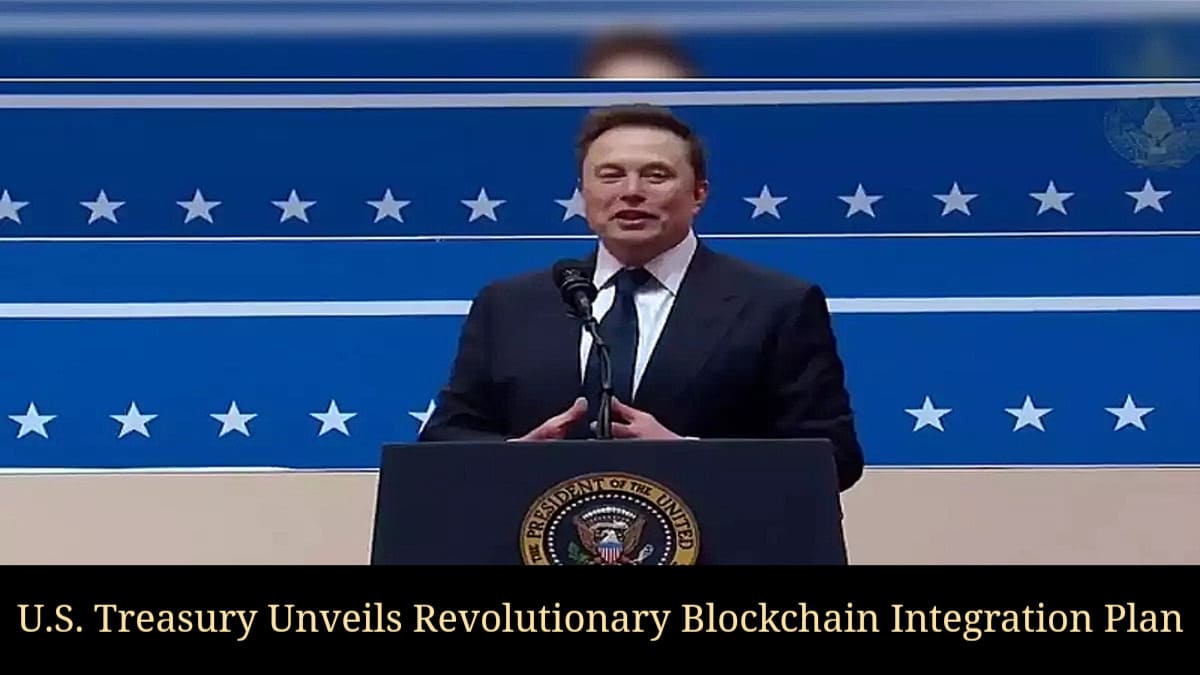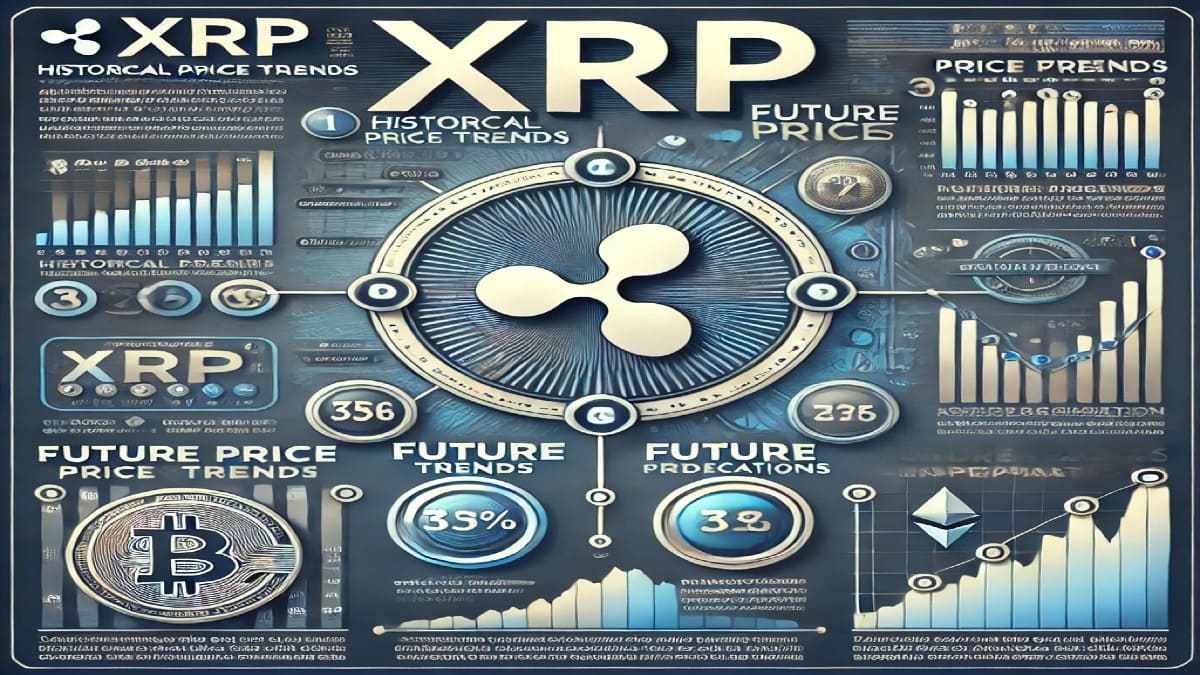Introduction
In a watershed moment for government innovation, the U.S. Treasury Department has today unveiled an ambitious plan to integrate blockchain technology into its core operations.
This groundbreaking initiative signals a fundamental shift in how the federal government manages financial transactions, aiming to enhance transparency, security, and efficiency across the entire financial ecosystem.
As digital assets continue to reshape global finance, this move represents the most significant endorsement of blockchain technology by a major U.S. financial institution to date.

Key Features of the Treasury’s Blockchain Initiative
The comprehensive blockchain integration plan centers around several transformative features:
- Real-time Transaction Tracking: Implementation of an immutable ledger system allowing for instantaneous verification and tracking of all federal disbursements and receipts.
- Smart Contract Automation: Deployment of programmable contracts to automate compliance verification, reduce administrative overhead, and accelerate payment processing times.
- Enhanced Security Protocols: Multi-layer cryptographic protection to safeguard financial data against increasingly sophisticated cyber threats.
- Cross-agency Interoperability: Development of a standardized blockchain framework enabling seamless information sharing between Treasury, Federal Reserve, and other government agencies.
Treasury Secretary remarked, “This initiative represents not just a technological upgrade, but a fundamental rethinking of how government financial systems can better serve the American people through unprecedented transparency and efficiency.”

Market and Industry Impact
The implications of this blockchain adoption extend far beyond government operations. Financial markets have already responded positively, with blockchain-related stocks experiencing significant gains following the announcement. Industry analysts project several major impacts:
- Accelerated Private Sector Adoption: Government endorsement is expected to trigger a wave of blockchain implementation across regulated industries.
- Increased Treasury Security Attractiveness: Enhanced transparency may boost investor confidence in U.S. Treasury securities, potentially lowering borrowing costs.
- Job Creation: The initiative is projected to create thousands of specialized technology roles within government and supporting private sectors.
- Regulatory Clarity: The framework provides indirect guidance for private sector blockchain implementations, potentially reducing compliance uncertainty
Table: Comparison of Current Legacy System vs. Blockchain-Based System
| Feature | Current Legacy System | Blockchain-Based System |
|---|---|---|
| Transaction Processing | 2-3 business days | Near-instantaneous |
| Audit Trail | Periodic manual reviews | Continuous, tamper-evident |
| Fraud Detection | Reactive, post-occurrence | Proactive, real-time verification |
| Cost Structure | High maintenance, labor-intensive | Reduced overhead after initial investment |
| Transparency | Limited visibility | Comprehensive transaction visibility |
Challenges and Future Prospects
Despite its transformative potential, the initiative faces several significant hurdles:
- Scalability Concerns: The blockchain infrastructure must handle millions of daily transactions without compromising speed or security.
- Integration Complexity: Legacy systems dating back decades must be carefully migrated without disrupting critical government functions.
- Privacy Balancing: The initiative must navigate the tension between transparency and appropriate confidentiality for sensitive financial operations.
- Energy Consumption: Traditional blockchain architectures face criticism for high energy usage, requiring optimization for sustainability goals.
Looking forward, the Treasury has outlined a phased implementation approach spanning the next three years, with initial pilot programs focusing on grant disbursements and vendor payments. Full integration with tax collection systems represents the final and most complex phase of the project.
Also Read : https://bitcoinnewspro.com/qubetics-blockchain-interoperability-2025/?i=1
Opportunities for Stakeholders
This blockchain transformation creates substantial opportunities across multiple sectors:
- Financial Technology Firms: Companies specializing in blockchain infrastructure stand to benefit from substantial government contracts and integration partnerships.
- Academic Institutions: Universities offering blockchain education will see increased demand for specialized training programs and research initiatives.
- Individual Investors: Early investment in companies supporting this ecosystem may yield significant returns as adoption accelerates.
- American Taxpayers: Enhanced efficiency could ultimately reduce administrative costs while improving service delivery and fiscal accountability.
Conclusion
The U.S. Treasury’s blockchain integration plan marks a pivotal moment in the evolution of both government operations and digital asset adoption.
By embracing this technology at such a comprehensive scale, the Treasury not only modernizes its own operations but also signals broad legitimacy for blockchain applications across the financial landscape.
As implementation proceeds, close monitoring of performance metrics, security protocols, and public feedback will be essential to refine the system.
For investors, technologists, and citizens alike, this initiative represents one of the most consequential government technology transformations of the decade—one that will likely accelerate blockchain adoption far beyond U.S. borders.
Stay informed about this developing story by subscribing to our newsletter for weekly updates on the Treasury’s blockchain implementation progress and expert analysis on how it could affect various sectors of the economy.



